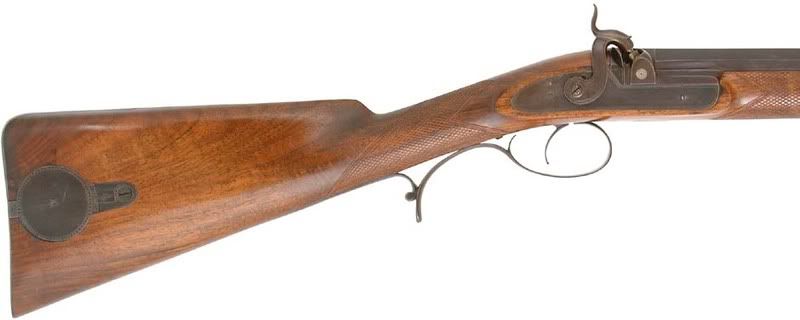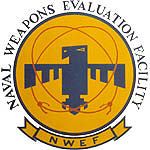29 April 2008, 06:10
TentmanFlat Top Checkering
Hello Folks
I'm considering specifying "flat" tops for a checkering job I have coming up on a rifle that will see very hard usuage. But as with anything a bit out of the usual certain things are not obvious to me . . .
What would be a good number of LPI for this, stock is what I consider to be medium to high density english walnut ??
Any other special instructions to give e.g. border etc.
Thanks - Foster
29 April 2008, 08:12
ForrestBYou might ask the guy who's supposed to do the flat top checkering for you. Knowing the answers to these questions is just the minimum qualification to do the job. Have you seen any of his flat top checkering work?
29 April 2008, 09:11
TentmanWell .. . . Thats the problem, he is a retired gunsmith (a "proper one" who did his apprenticeship in Germany just after the war) and although he has done other checkering and stock work for me (to a very very high standard) he professes no knowledge of flat top checkering, but is willing to give the job a go. I have to trust him to do the job as being “down under†real craftsmen are very hard to access.
Cheers
29 April 2008, 17:53
D HumbargerTentman
quote:
a rifle that will see very hard usuage
You might consider a fiberglass or kevlar stock under those circumstances.
29 April 2008, 22:32
22WRFseems to me the solution would be for him to practice on something other than your good wood until he can show you work that you are satisfied with.
29 April 2008, 22:54
tiggertateDitto 22WRF. Flat-top shows errors much more boldly than conventional checkering. Some of the muzzle-loader builders are more familiar with the technique because they recreate the rifles from which it originated. Here is a photo from Track of the Wolf's site showing a very nice English style:

29 April 2008, 23:12
<xs headspace>The old fashioned flat top doesn't add much grip. Are you thinking of regular checkering, but only cut until a small flat top shows? I like that on my hunting rifles, it seems to not chafe the hand, when carrying all day. A quick hit with 320 grit across the tops kills the shiny spots, which will otherwise show any irregularities in the lines.
29 April 2008, 23:21
400 Nitro Expressquote:
Originally posted by tiggertate:
Ditto 22WRF. Flat-top shows errors much more boldly than conventional checkering.
That's true. American smiths don't like it because it's harder to do and, well, because it's British. I much prefer it functionally, especially for guns of heavier recoil, because it provides just the right amount of coarseness without abrading the hands, and wears better than conventional checkering. It's also more attractive, and adds that extra touch of elegance that top grade American guns seem to lack.
Flat-top chequering can be cut just as fine as conventional checkering. That on one of my double rifles is. My guns that have flat-top have been in use for 80+ years, and the chequering on them certainly isn't full of grunge.
-----------------------------------------------
"Serious rifles have two barrels, everything else just burns gunpowder."
Flatop checkering on handgun front and back straps and grips I think is much better .Most handgunners don't seem to know about it. It gives good grip without abrasiveness and if the pistol is carried concealed it doesn't wear out clothing !
30 April 2008, 00:26
stockerMartin Hagn does it on some of his custom rifles. You can probably see examples on the Martini and Hagn website. I would guess he does it about 24 lines per inch. Any error will stick out like a sore thumb and they generally aren't correctable as the finish can't be scored except on the parallel lines. As soon as a line has to widened or straightened the effect is lost. It is surprisingly functional and does resist wear. Periodic cleaning with mineral spirits and a tooth brush will maintain it.
30 April 2008, 01:47
John303.Just a few comments on checkering by a hobbyist, over the years I have found and sumwhat dislike the sharp checkering (90 degree) for one reason. Though easier to do it can be very "abrasive" on a rifle with any sort of recoil and gloves are usually a requirement. My preference is the, what I call, the semi flat top done with 60 degree tools, it gives fairly good grip without that raspy feeling. The absolutely flat checkering, which I do with a 32 teeth per inch hobbyist's hack-saw and just touch the lines with the 60 degree tool to remove any "burr", is very "decorative" as it makes the gun look finished without obscuring the wood grain. Not very much grip but looks great. I prefer 22 lines per inch but to each his own. I have on several occasions flattened sharp ceckering, looks ok if one takes care to make the tops uniform.


